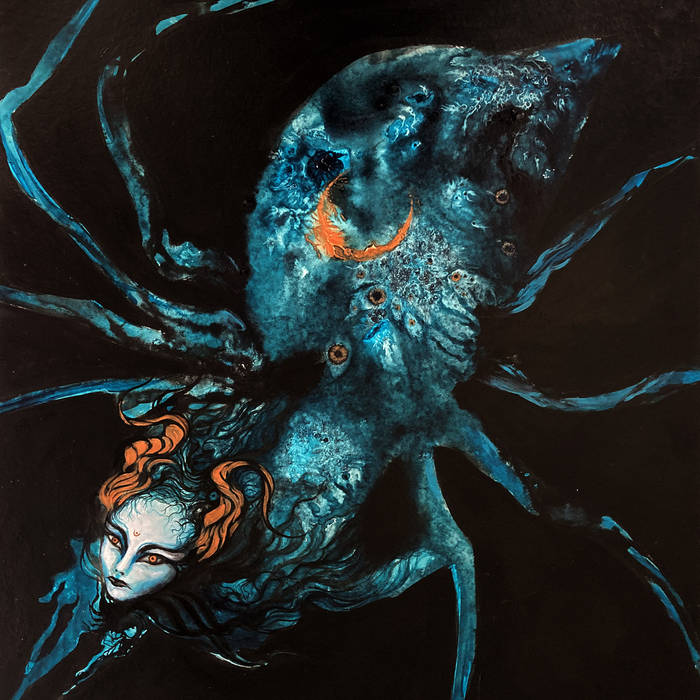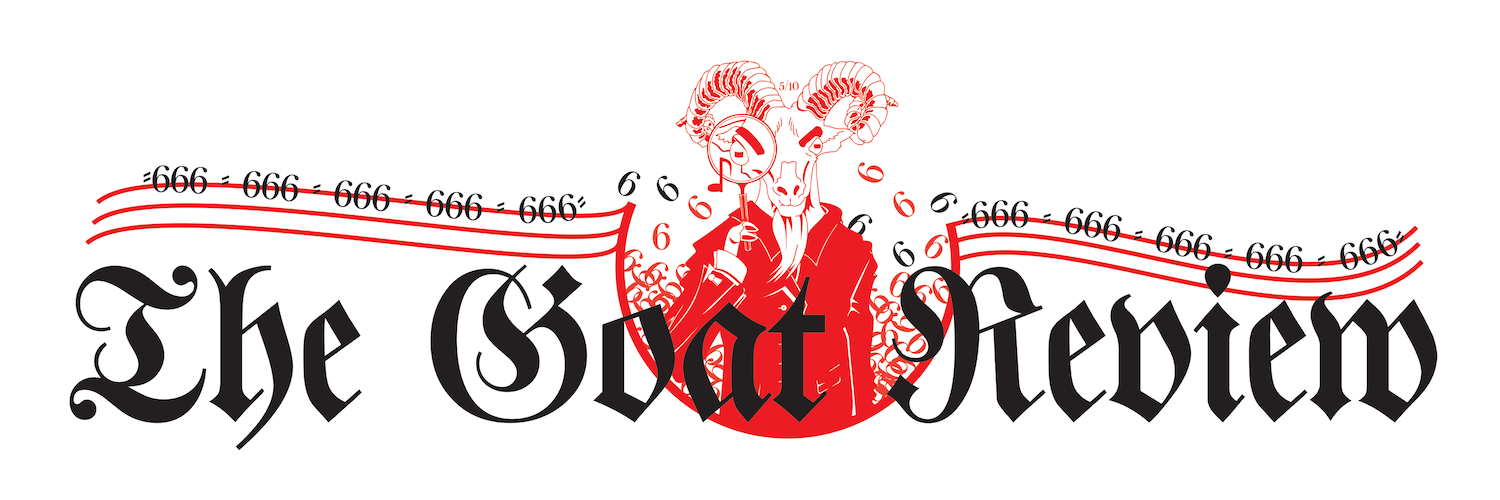
If that amazing album cover doesn’t freak you out then I don’t know what to tell you. I always find it amazing when visual art and the theme of an album gel together well, and so I was hoping that Sleep Paralysis would be a powerful statement on its theme, matching that image. Unable to resist curiosity’s force, I was unprepared for the turns Sleep Paralysis took while I twisted in its web. How do you represent a nightmare in sound? The metal scene’s answer is often one of overwhelming dissonance, chaos and intensity, what one of my blog colleagues has fondly dubbed “hell sounds”. This kind of sound unfortunately bores me, as constant intensity without any contrast largely ends up being annoying for a whole album’s length (though there are, as always, exceptions). Now, Stephen Knapp (Cerulean) seems to understand contrast so well that he takes some wild swings on Sleep Paralysis that impossibly end up working because of a strong adherence to theme, which is in both band and title in case anyone missed it. Sleep Paralysis starts out with trilling classical piano that eventually slows down into undulating scale runs before a wall of dissonance hits in the first proper song, “Sleep Paralysis” (again, in case you missed the giant blue spider with a face). The piano grows chaotic amongst skittering dissonant guitar riffs that dart in all directions. A constant presence throughout the album, it’s easy to draw a parallel to the blackened piano of label-mate Wreche in its ability to go from beautiful to menacing at the drop of a hat. But then the next song in line throws another curve ball in introducing chiptune into the mix and it somehow melds. Similar to a Garry Brents-project (Gonemage), the execution is serious while dealing in sounds that should be silly in this context. It’s like a scary dream that suddenly turns comically weird, as if the grotesque monsters chasing you all stop to have a dance-off in a Michael Jackson music video.
The various permutations of these elements shines a night light on one of Knapp‘s strengths as a composer (and sole performer); he never stays in the same place for too long. When the arachnid riffs, trilling piano, and horror chiptune trade places, your jazz club meetup with your Pokemon-trading neckbeard friends turns into a malicious slasher. But Sleep Paralysis‘ key strength lies not only in its variety and the tools it uses to shift the mood, but in its construction. This work is very clearly an album with a keen eye on the pacing. Songs are over quickly sometimes and wouldn’t make much sense unless surrounded by their counterparts, but Sleep Paralysis stuffs a whole night of dreams into these tight 46 minutes and I never feel like I want to wake up. At the album’s base sits a blackened death metal sound that doesn’t offer much other than intensity if set apart from the rest of the sound, but fortunately, the songs’ construction manage the tightrope walk even after the novelty wears off. The piano and drums are programmed, but I would scarcely have noticed apart from a few instances where the drums sound intentionally synthetic. Otherwise, the music is dynamic enough, with moments like the deep valley of “Overlooking the Void” shining with its abrupt collapse into ambient horror. Ending things on a high note, “Fever Dream II – Paranoia” mixes chiptune that reminds me of Michiru Yamane‘s work on the Gameboy Advance game Castlevania: Harmony of Dissonance with blackened death metal and doom, and “Nostalgia” wades through a deep dirge before letting out a sigh of vaporwave from having escaped the nightmare. Even taking an idea as creatively stupid as building up to a climax of a windows error-sound can’t take away the goodwill earned throughout the album. It seems Stephen Knapp just knows all the right buttons to push (there’s a Swedish joke for you, on the house). This is a nightmare that will stick with me throughout the rest of the year.
